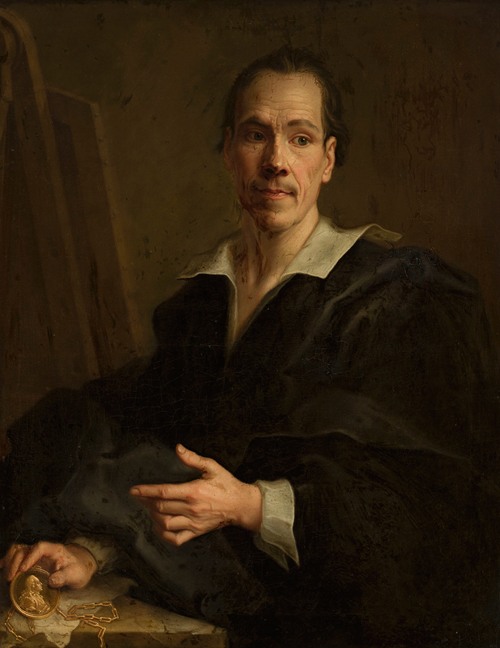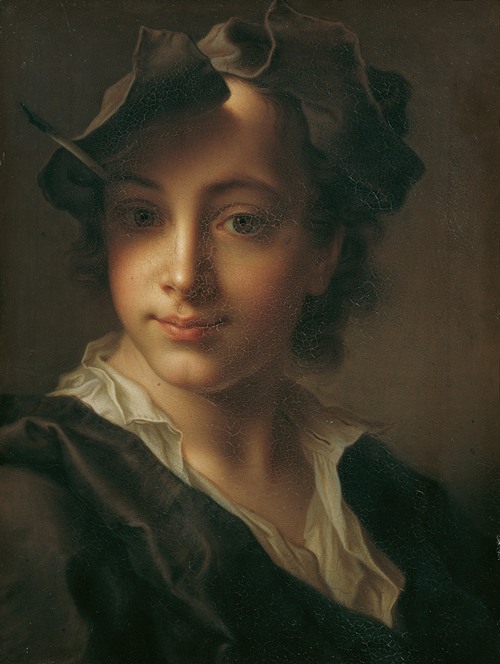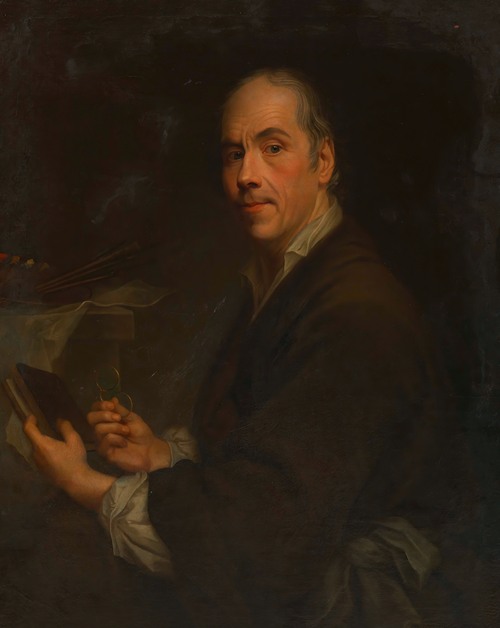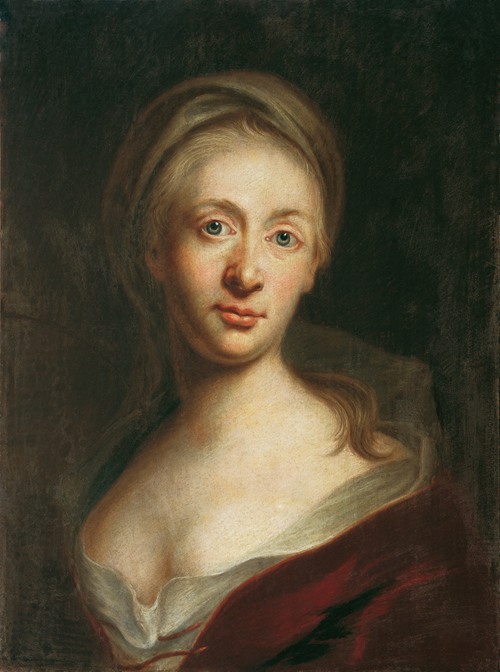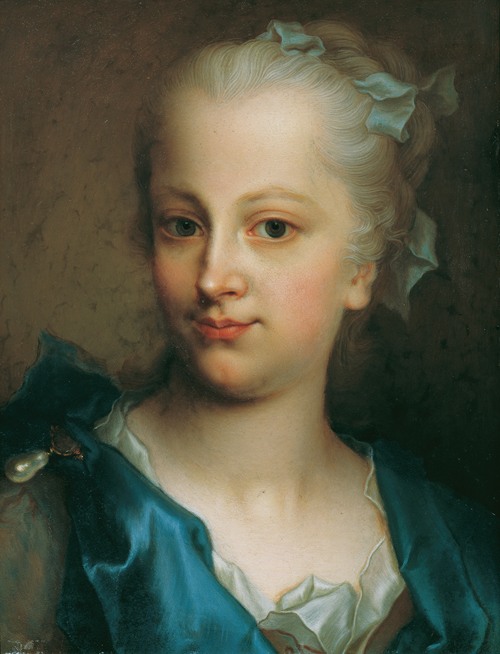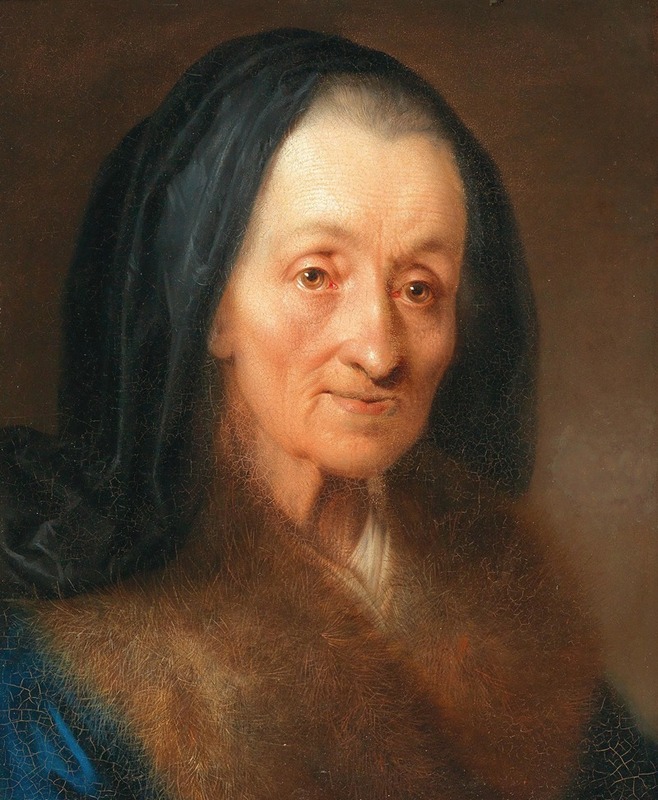
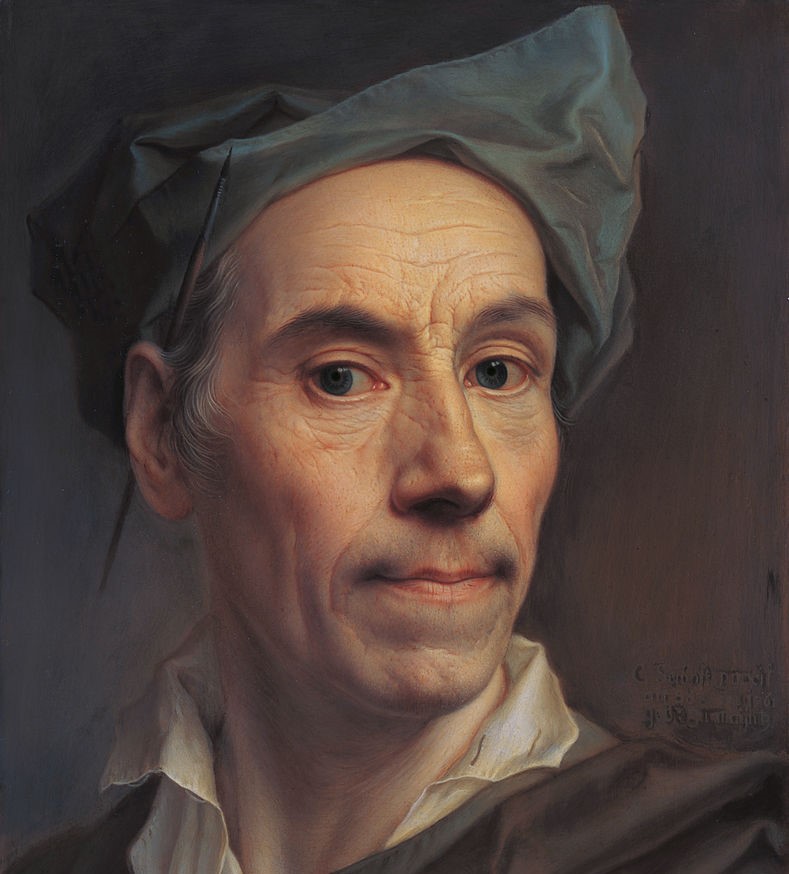
Christian Seybold was a German painter in the Baroque style. He is best known for his detailed, realistic character heads ('tronies') and portraits (over two dozen of himself), which sometimes stood out from the idealized ones preferred at that time. Most of his works can be classified as tronies.
Little is known about Seybold's childhood and education. He was one of eleven children in a family that originally came from Oberursel. At some point in time, he must have moved to Vienna. There, in 1715, he married and became a father only three weeks later. Both his wife and child died within the following two years: his son Johann Michael only 23 days after his birth, his wife Elisabeth passed away 26 October 1717. Within less than seven months Seybold remarried his second wife Susanna, the mother of their two children who would live into their adulthood.
In 1745 he received an appointment as court painter to King Augustus III in Dresden, who was also the Elector of Saxony. Four years later, he was named to fill the same position at the court of Empress Maria Theresa.
Seybold's style for his detailed character heads was thoroughly influenced by Balthasar Denner. For his (Self-)Portaits he was under the main influence of Jan Kupecký and Rembrandt van Rijn. One of his first datable portraits (after 1723 and before 1728) is of imperial counsel Count Johann Adam von Questenberg [cs], a prominent patron of the arts. Today his paintings are widely scattered, from the Louvre to the Uffizi and the Hermitage. An extensive overview of his life and work as well as his reception through time, is provided by the PhD-thesis of Lilian Ruhe (2018).

